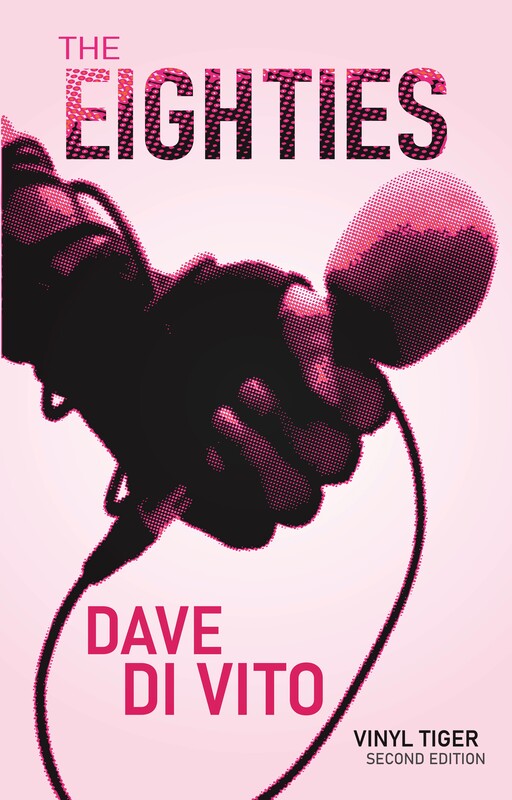 Visitors to the FotoGrafia festival at Macro Testaccio would be best advised to visit the international pavillion after the Italian, for it is here that the unfortunate disparity between the local and the international offerings are most evident. Here, photography is again exciting, moving, and artists use it as a medium to tell stories, share experiences and clearly articulate concepts in a way that unfortunately doesn't happen often enough in the adjacent pavillion. Willem Popelier's __and Willem (2010) gets the ball rolling in a complicated, yet visually simplistic style. Here, Popelier constructs a photographic genealogy of twin brothers separated at birth. Relationships become hard to follow, convoluted and impossible to keep track of; its a conceptual process brought to life in a cold, scientific, yet graphic way, augmented by the more thorough accompanying book which further delves into the subjects and takes you beyond the often hilarious headshots that you cling to as you try to follow the upheaval of relationships and family over the years. Mizu no Oto (The Sound of Water), curated by Rinko Kawauchi, features the work of Japanese artists, broadly linked by a tribute to the power and symbolism of water. Beyond the catastrophic potential of water which we have seen the worst of in the past year, Asako Narahashi delves into a world in which sight is still possible, but sound is distorted by submergence in water; images in which the photographer documents the shore from deep water are powerful and atmospheric where the horizon line is no longer relevant, orientation is distorted and our sense of involvement is heightened. Elsewhere, Kawauchi's Illuminescence images seem to be in line with this year's theme at Venice, though thankfully they seem to belong here. Elsewhere The Place Where I Belong, curated by Marc Prust convincingly spells out the dualities and difficulties of those who have grown up in bicultural environments. In particular, Katherine MacDaid and Rania Matar's photo essays on life in the Middle East are beautiful excursions into texture, pattern and design, whilst at the same time offering up intimate portraits of life and the subjects that make up their second worlds. Datascapes by Matthieu Bernard Raymond switches the direction around, using GIFs to integrate our obsession with graphs and charting into environmental settings. Here natural phenomena become living charts plotting everything from productivity to profit; in these modified black and white images we are forced to contemplate our modern life and its often diammetric opposition to the environment and our surroundings. The temptation to fill the large space with an elongated series is resisted; the point is clearly made with the half dozen or so images that are chosen for the exhibition. Leaving this second pavillion with the same friends I left the first with, the conversation became one of confused jubilation. This is what a good international photographic festival should leave you feeling. Here, the objectives of the exibits were clear, their execution sharp, and the images varied and compelling. In short, this half of the festival was a celebration of photography and not an excuse to be self indulgent or to treat audiences with a form of contempt in which its simply enough to plaster walls with images as if they are some kind of wallpaper. Exhibition runs into October, so if you are in Rome, make sure you head there, but follow my advice!
0 Comments
|
Dave
|
|
|
Dave Di Vito is a writer, teacher and former curator.He's also the author of the Vinyl Tiger series and Replace The Sky.
For information about upcoming writing projects subscribe to the mailing list. Dave hates SPAM so he won't trouble you with any of his own. He promises. |




 RSS Feed
RSS Feed